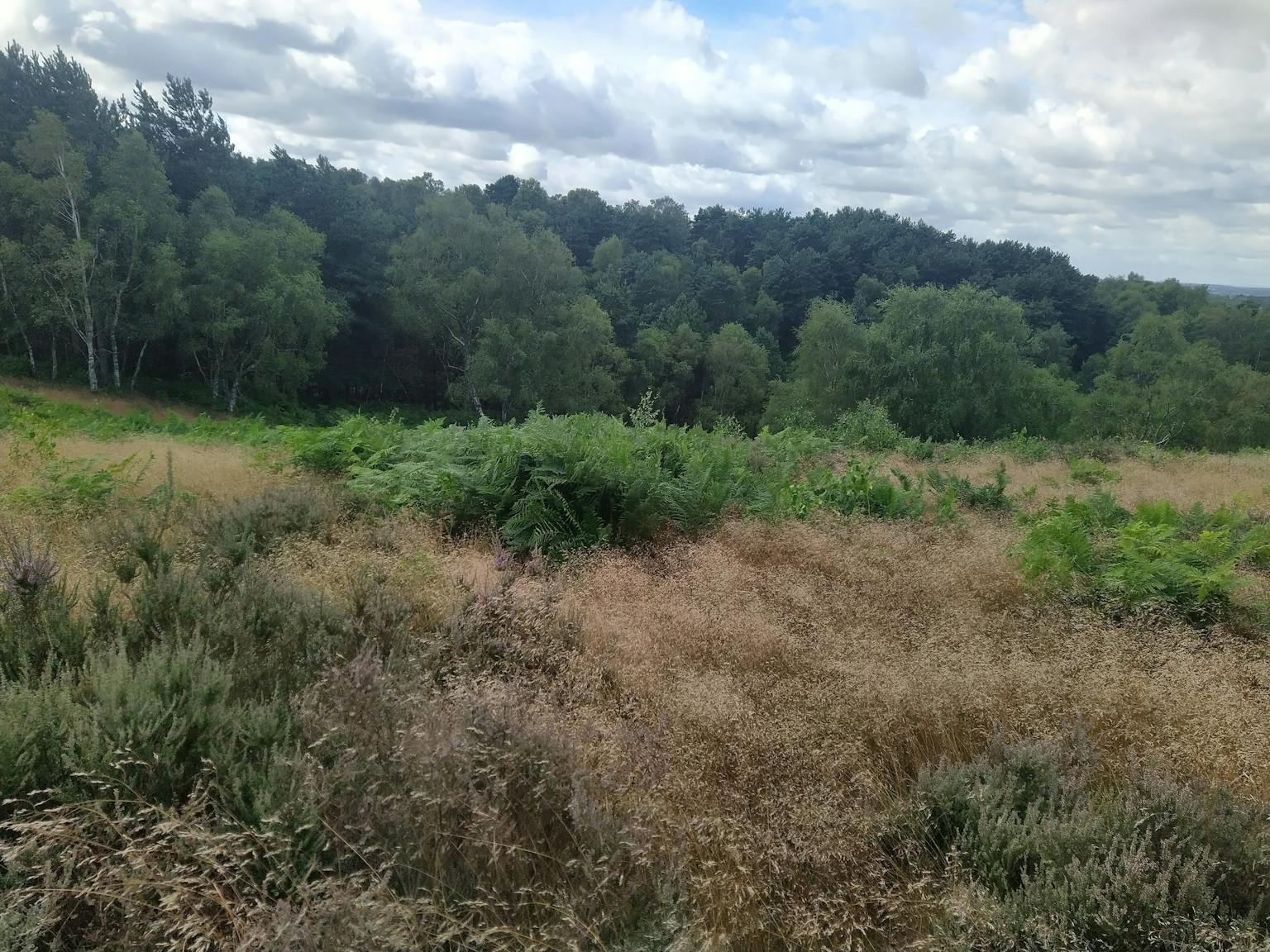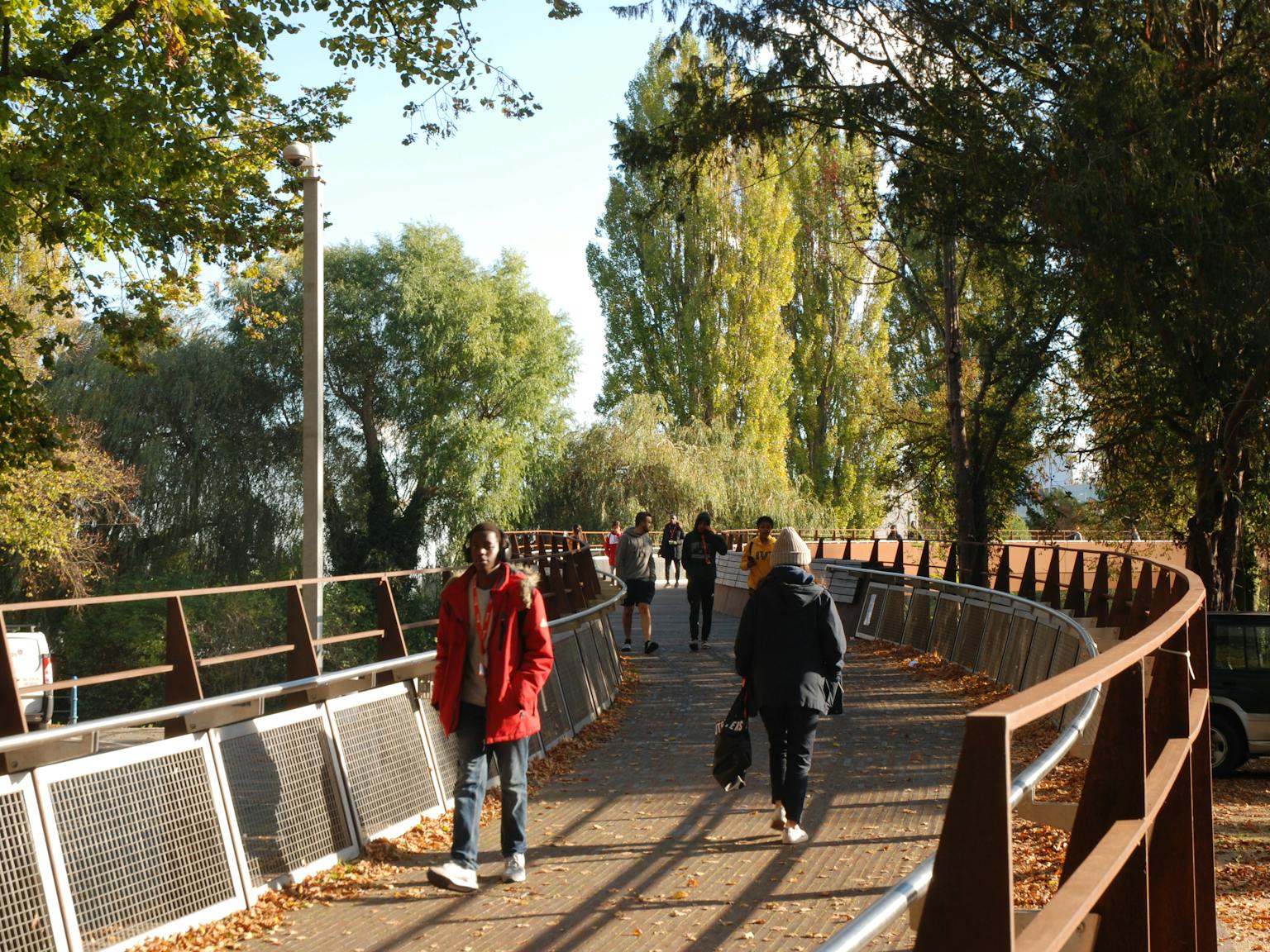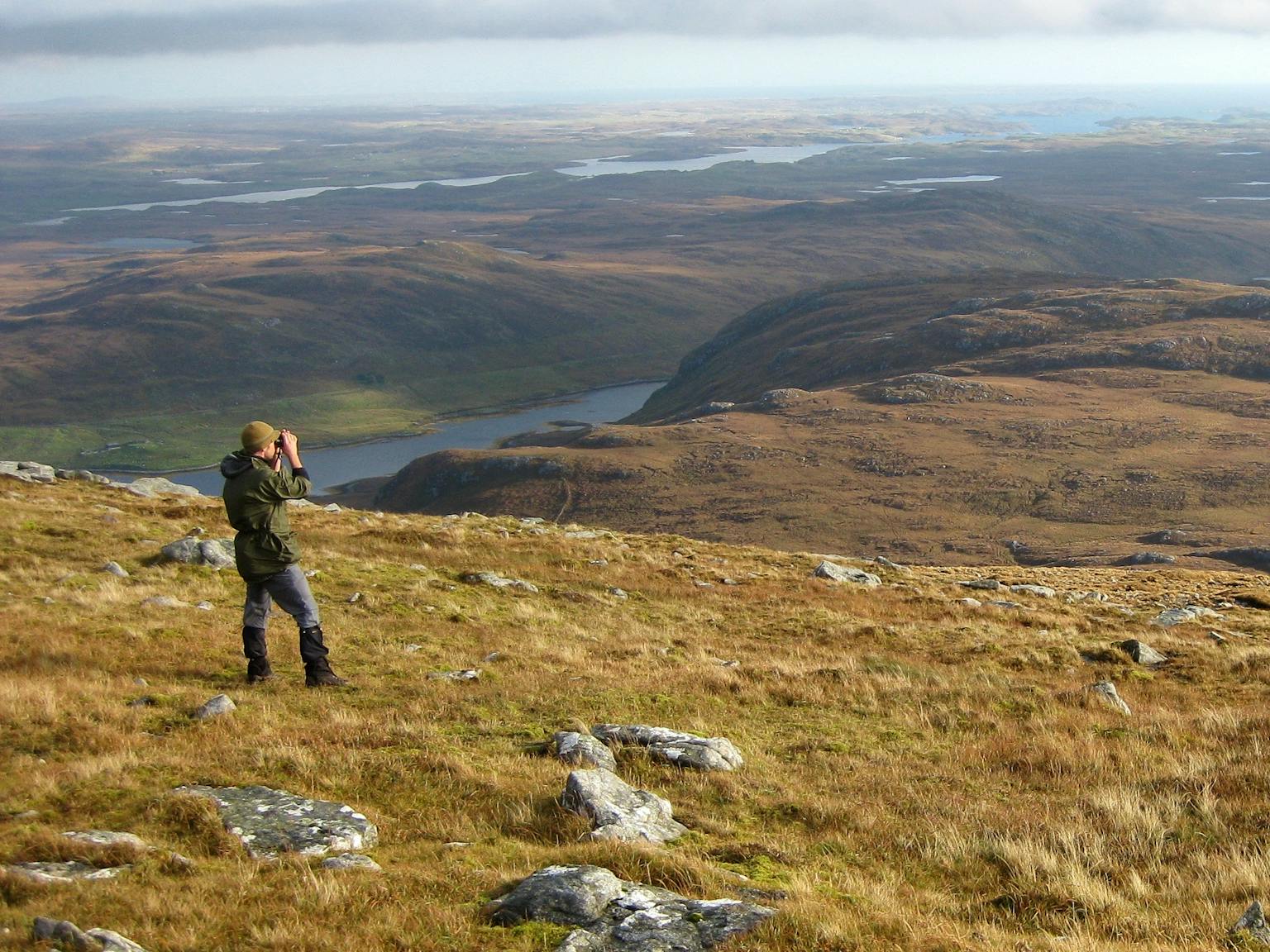
Shugborough Wood Pasturescape Feasibility Study
Restoring Shugborough's Wood Pasturescape
National Trust commissioned LUC to undertake a comprehensive feasibility study for the restoration of a 120-hectare area of wood pasture within the Shugborough Estate in Staffordshire, England.
The project area is nationally and internationally significant, and a locally cherished place for its landscape character, quality, biodiversity and history.
This project has several goals that go beyond just helping nature. It will also improve the look and feel of the landscape, protect historical sites, create jobs by managing the woodlands, and give people more ways to enjoy the outdoors. There will be chances to volunteer and learn new things.


Lasting benefits for landscape, nature and people
The Shugborough Wood Pasturescape Feasibility Study paves the way for the restoration of a nationally significant landscape, at a landscape scale.
LUC brought together a team of internal and external specialists to develop a plan centred on the specific needs of people and place.
LUC produced a deliverable Development Plan which synthesises a coherent understanding of the present condition of the project area regarding sensitivities of landscape, habitats and species, trees and woodland, the historic environment, access and grazing management.

Landscape vision and management
The LUC team, led by landscape managers, included landscape planners, ecologists, historic environment specialists, and external woodland, arboricultural and grazing specialists.
Together, we undertook a comprehensive site survey, assessing the condition of the current landscape, biodiversity, woodland and veteran tree stock, historic environment, access, and grazing potential of the site.
This informed consideration of the risks and opportunities of implementing the woodpasture restoration project, and enabled maximum benefits.
This resulted in a clear set of recommendations and ‘next steps’ to enable sensitive and practical implementation of the scheme.
Unveiling nature’s potential
Detailed ecological surveys of the existing habitats within the project area identified sensitive areas for biodiversity and opportunities for habitat enhancements.
A Protected Species Protection Plan guided seasonal constraints, legal context, any licensing required and advised working methods.


Landscape enhancement
Landscape sensitivities and opportunities mapping informed recommendations for the approach to implementation to protect and enhance landscape character.
Veteran tree management
A veteran tree plan provided detailed recommendations for each tree, such as halo thinning and specialist pruning.
As a vital part of the landscape's character and ecology, it is essential to secure the longevity of new veteran trees.

Woodland Management Plan (WMP)
A detailed 20-year plan of operations was drawn up, promoting a sensitive approach to landscape change by carefully transitioning from plantation to wood pasture.
Protecting the historic environment
A Historic Environment Protection Plan was prepared to ensure that heritage assets were protected through the delivery and continued management of the project area.
It also provides conservation and management recommendations for assets within the wood pasture project area.


Managing access and recreation
Current access was reviewed, and recommendations were provided for management during the implementation of the project, and enhancements to access.
Restoring grazing to realise the vision
The vision for the wood pasture project is to create a dynamic habitat of non-linear cyclical succession, largely shaped by large herbivores through natural disturbance.
Introducing grazing into the landscape was therefore fundamental to the project achieving its aims.
LUC brought in specialist grazing advice to review the site and its feasibility for grazing, consider sensitivities, risks and opportunities and produce a grazing infrastructure plan.












